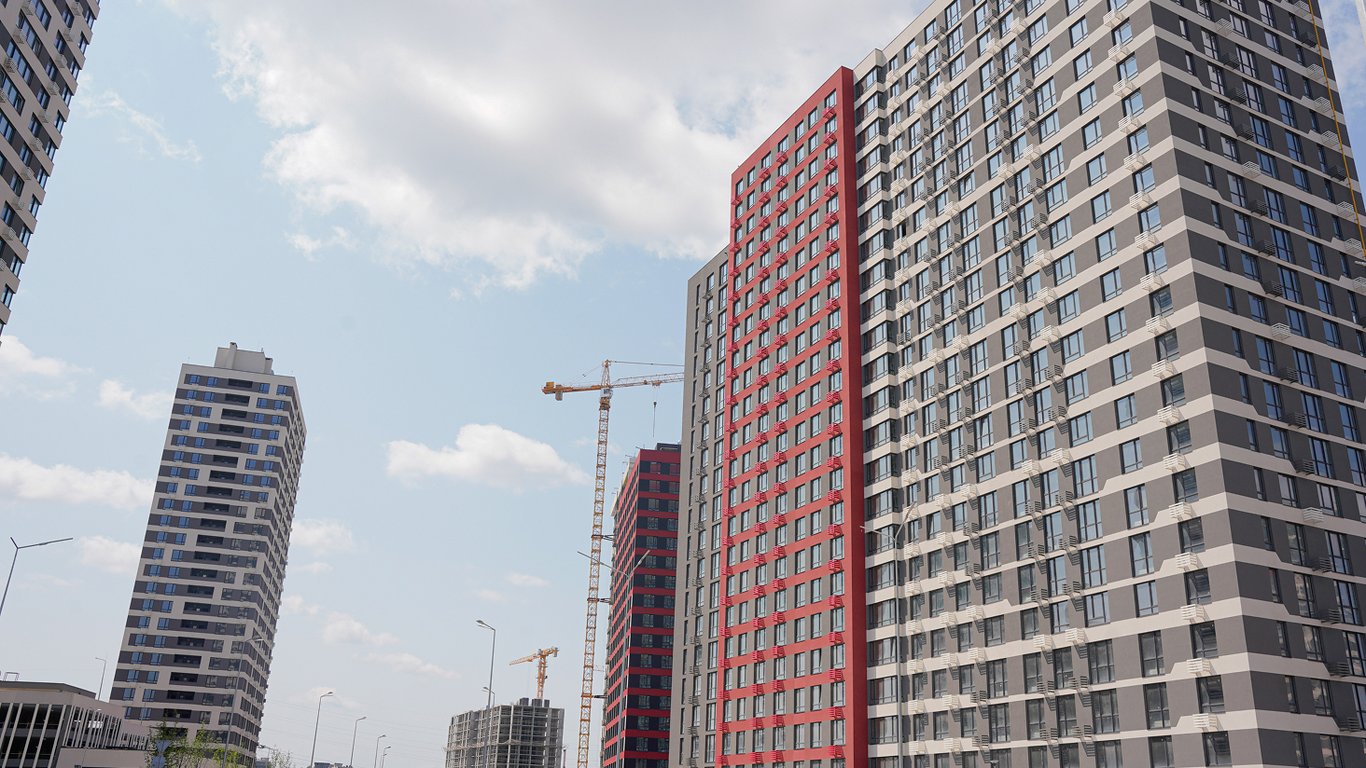Who Owns the Courtyard — Understanding the Ownership of Adjacent Territory.


Everyone is used to considering the playground, benches, and trees next to an apartment building as 'ours'. However, from a legal standpoint, not everything is so straightforward. In 2025, the question was once again brought to the forefront: who owns the adjacent territory of an apartment building? What can be done with this land, and what cannot? And who has the right to manage it during wartime and post-war recovery? After all, this territory is not just a piece of land around your home.
The editorial team of Novyny.LIVE examined the legal nuances, practical aspects, and possible contentious points of this issue.
What is Adjacent Territory — and Why is it Important
Adjacent territory is the land around an apartment building, which includes drives, sidewalks, green areas, playgrounds, and sometimes even utility buildings and parking spaces. It is part of the building's infrastructure, providing access to the building, utilities, and proper living conditions. But the key question is: is it part of your ownership?
What the Law Says: Who Owns the Courtyard in 2025
As of 2025, the formal situation remains the same as before: the land under apartment buildings belongs to territorial communities (i.e., the state or city), unless proven otherwise officially. Apartment owners have the right to use it, but not always the right of ownership.
However, there is an important exception — if a Homeowners' Association (HоA) is created, and the organization has formalized the right of ownership or permanent usage of this plot, it is no longer 'state-owned'. If the HоA has not formalized documents, the adjacent territory is de facto ownerless, but de jure belongs to the community.
Why Residents Benefit from Formalizing the Land
Formalizing the right to adjacent territory is not just a formality. It provides the opportunity to:
- control construction around the building (for example, to prevent the placement of small architectural forms or a new high-rise building);
- manage parking spaces, set up barriers;
- develop the area — install benches, lighting, video surveillance;
- rent out part of the territory (for example, for a commercial kiosk) and earn on behalf of the HоA;
- increase the value of apartments in the building.
However, without proper documentation, these actions are at risk. After all, technically, the ownership is not yours.
How to Formalize the Right to Adjacent Territory
- Create an HоA (if not already established).
- Order technical documentation for land management (usually through a licensed land management organization).
- Approve the boundaries of the adjacent territory with local authorities.
- Submit documents to the State GeoCadastre and obtain a cadastral number.
- Register the right of ownership of the land in the Register of Property Rights.
What Prevents Residents from Formalizing the Land
As lawyers from the Free Legal Aid emphasize, there are several barriers that prevent the majority of HоAs from formalizing adjacent land in 2025:
- passiveness of residents — there is no initiative group or willing individuals to handle the bureaucracy;
- high cost of land management services;
- unwillingness or resistance from local authorities;
- disputes with neighboring buildings — boundaries are not always easy to define;
- difficulties in determining the initial documents from the Technical Inventory Bureau — especially in old buildings.
Nevertheless, in 2025, the state is trying to digitalize these processes, which provides a chance to speed up the formalization.
And if the land is not formalized, then there is a high probability that:
- developers may appear on it — with permission from the city council;
- the HоA will not be able to legally protect its rights to the territory;
- residents will not be able to officially restrict parking, set up barriers, security, advertising boards, etc.;
- conflicts will arise with neighbors, businesses, or local authorities.
What Else Ukrainians Should Know
The Ukrainian housing market has undergone radical changes over the past year. Investors, who were previously the main driving force of demand, are now 'taking a pause', despite the high construction costs. This forces developers to pivot from large projects to targeted and niche ones that offer real value.
We also mentioned that while the decision-making process for purchasing an apartment used to take about three weeks, it now takes over two months. The increase in the average decision-making cycle from 21 to 67 days indicates a deep transformation in consumer behavior in the market.
Ownership of adjacent territory of an apartment building may turn out to be more complicated than it seems. Scrutiny in legal matters, the possibility of control, and increasing the value of ownership are key points that residents should consider for a more comfortable living experience.
Read also
- New social assistance - what amount a single family can receive
- Not Always Equally — How to Divide an Apartment During a Divorce
- Ukrainian women will receive from 50 thousand UAH in assistance — what is needed for this
- Ground Robots Save Lives — A Story from a Ukrainian Fighter
- Debtors of alimony may be charged a penalty - what you need to know
- The TCC Ignored Diseases - What to Do








